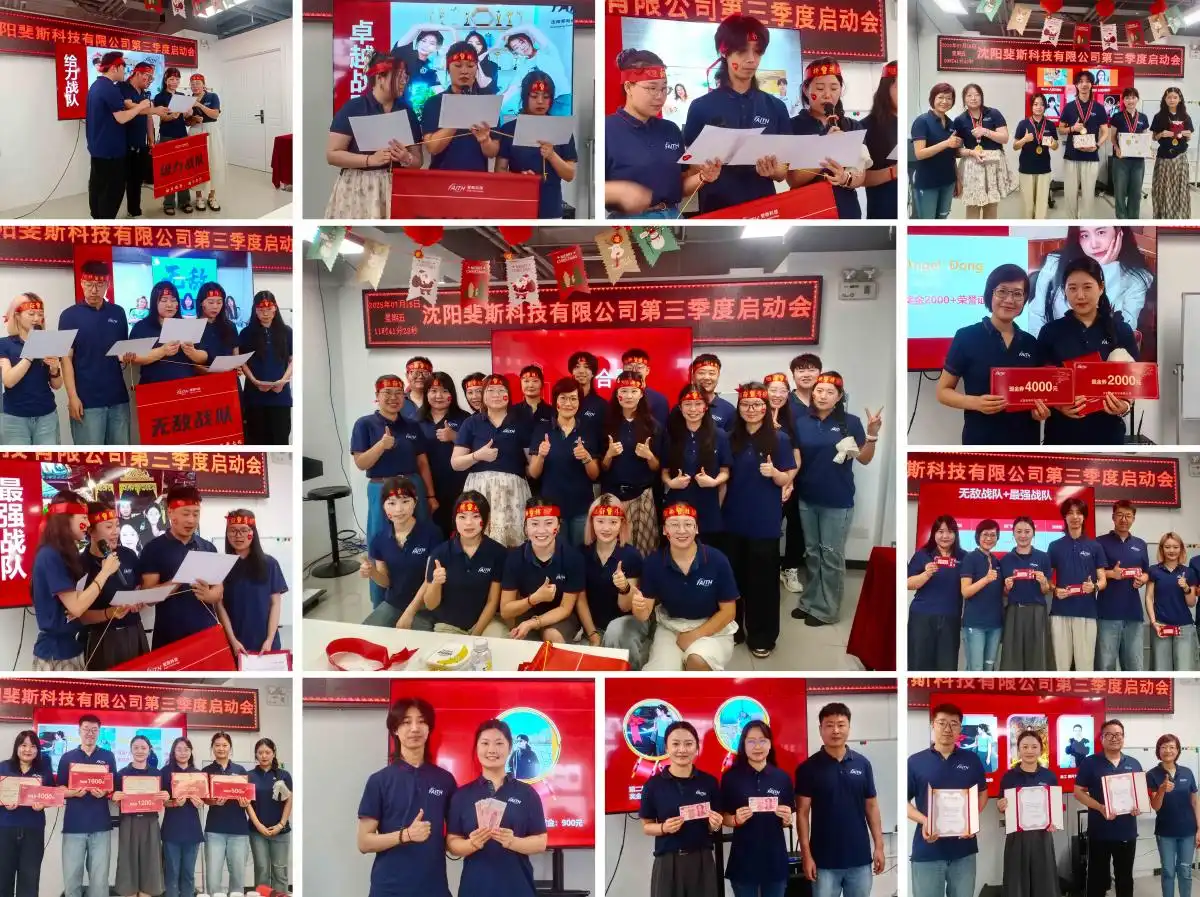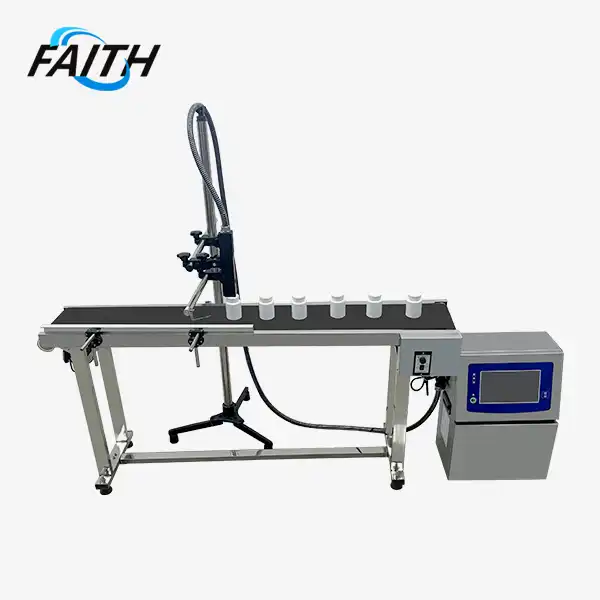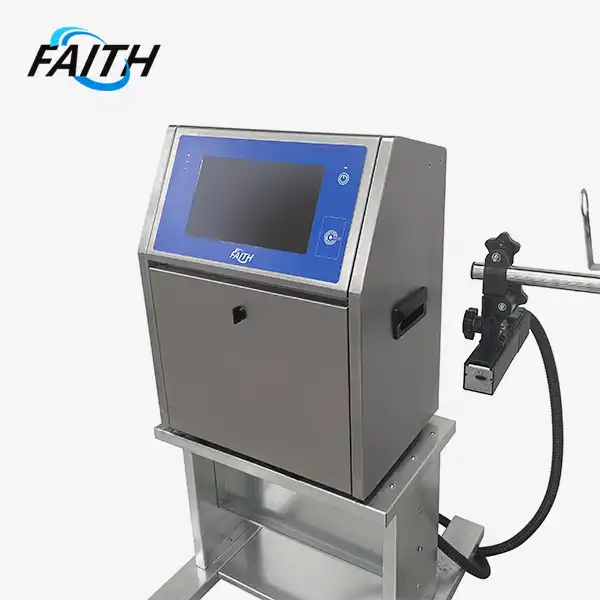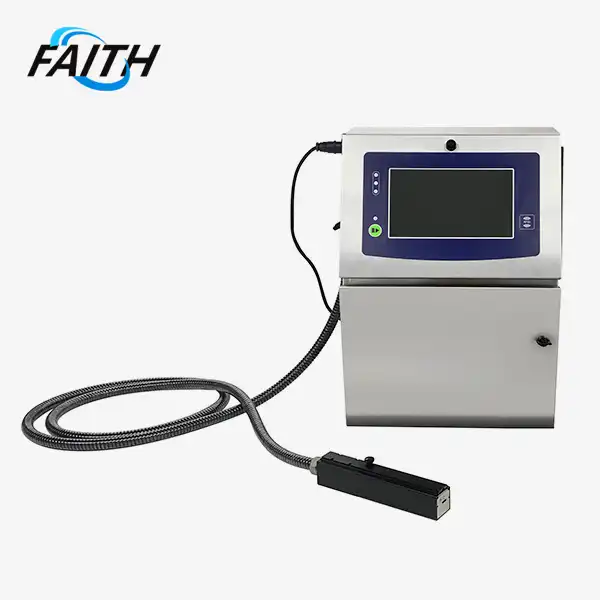Top Uses of Online Coding Machines in Packaging
Online coding machines have revolutionized the packaging industry, offering versatile solutions for product identification, traceability, and branding. These innovative devices seamlessly integrate into production lines, enabling real-time printing of crucial information such as expiration dates, batch numbers, and barcodes. From food and beverage packaging to pharmaceutical containers, online coding machines enhance efficiency, reduce errors, and ensure compliance with regulatory requirements. Their ability to print high-quality, durable marks on various surfaces makes them indispensable in modern packaging operations, contributing to improved supply chain management and consumer safety.
The Evolution of Packaging Technology: From Manual to Online Coding
Traditional Packaging Methods: A Look Back
In the not-so-distant past, packaging processes relied heavily on manual labor and rudimentary techniques. Workers would painstakingly apply labels, stamps, or even hand-write information on products. This approach was not only time-consuming but also prone to errors and inconsistencies. As production volumes increased and regulations became more stringent, the limitations of these traditional methods became glaringly apparent.
The advent of mechanical coding devices marked the first step towards automation. These faith printers, while an improvement over manual methods, still had significant drawbacks. They often required frequent maintenance, produced inconsistent results, and lacked the flexibility to adapt to varying packaging types and production speeds.
The Rise of Online Coding Machines
The introduction of online coding machines marked a paradigm shift in packaging technology. These sophisticated devices integrated seamlessly into production lines, offering real-time coding capabilities without interrupting the flow of products. The term "online" refers to their ability to operate continuously as part of the production process, as opposed to offline coding methods that require separate handling of products.
Online coding machines leverage advanced technologies such as continuous inkjet (CIJ), thermal inkjet (TIJ), and laser coding to deliver high-speed, high-quality marking on a wide range of substrates. Their ability to print variable data in real-time opened up new possibilities for product traceability, personalization, and compliance with ever-evolving regulatory requirements.
Key Advantages of Modern Online Coding Solutions
The adoption of online coding machines has brought numerous benefits to the packaging industry:
- Increased Efficiency: Online coding machines can operate at high speeds, matching or even exceeding production line velocities. This eliminates bottlenecks and ensures smooth, uninterrupted operations.
- Enhanced Accuracy: By integrating with production management systems, online coders can automatically retrieve and print up-to-date information, minimizing human error and ensuring data accuracy.
- Improved Flexibility: Modern coding machines can easily switch between different fonts, languages, and coding formats, accommodating diverse packaging requirements and global markets.
- Cost-Effectiveness: While the initial investment may be higher, online coding machines offer long-term cost savings through reduced labor, minimized errors, and optimized consumable usage.
- Superior Print Quality: Advanced printing technologies deliver crisp, durable codes that remain legible throughout the product's lifecycle, even in challenging environments.
Essential Applications of Online Coding Machines in Various Packaging Sectors
Food and Beverage Industry: Ensuring Safety and Traceability
In the food and beverage sector, online coding machines play a critical role in maintaining product safety and compliance with regulatory standards. These devices are used to print essential information such as:
- Expiration Dates: Accurately marking "best before" or "use by" dates helps consumers make informed decisions and reduces food waste.
- Batch Numbers: In the event of a recall, batch codes enable swift identification and isolation of affected products.
- Nutritional Information: Online coders can print variable nutritional data directly on packaging, accommodating different product formulations.
- Allergen Warnings: Clear and prominent allergen labeling is crucial for consumer safety and regulatory compliance.
Online coding machines in this industry often need to operate in challenging environments, including high-speed production lines and cold or damp conditions. Advanced systems, such as those offered by Shenyang Faith Technology Co., Ltd., are designed to withstand these conditions while maintaining consistent print quality.
Pharmaceutical Packaging: Meeting Stringent Regulatory Requirements
The pharmaceutical industry faces some of the most stringent coding and marking requirements. Online coding machines are essential for:
- Serialization: Unique identifiers for individual product units help combat counterfeit drugs and enable track-and-trace capabilities.
- Lot Numbers and Expiration Dates: Critical for patient safety and inventory management.
- 2D Data Matrix Codes: These contain comprehensive product information in a compact format, facilitating authentication and supply chain visibility.
- Tamper-Evident Seals: Some online coders can apply or mark tamper-evident features, enhancing product security.
The precision and reliability of TIJ printers are paramount in pharmaceutical packaging, where errors can have serious consequences. Systems must comply with Good Manufacturing Practice (GMP) standards and often integrate with electronic batch record systems for complete documentation.
Consumer Goods: Enhancing Brand Identity and Customer Engagement
In the competitive consumer goods market, packaging plays a crucial role in brand differentiation. Online coding machines contribute to this by enabling:
- Dynamic QR Codes: Linking to product information, promotional content, or customer engagement initiatives.
- Personalized Messaging: Variable data printing allows for customized messages or names on products, enhancing the consumer experience.
- Promotional Codes: Time-sensitive offers or contest entries can be printed directly on packaging.
- Eco-Friendly Labeling: By printing information directly on packaging, online coders can reduce the need for additional labels, supporting sustainability efforts.
The versatility of modern online coding machines allows for printing on a wide range of materials, including plastics, glass, metal, and various types of paper and cardboard. This flexibility is crucial in the diverse world of consumer goods packaging.
Industrial and Chemical Products: Durability and Compliance
For industrial and chemical products, online coding machines must produce marks that withstand harsh environments and remain legible for extended periods. Key applications include:
- GHS Compliant Labeling: Printing Globally Harmonized System (GHS) symbols and information for hazardous materials.
- Traceability Codes: Essential for tracking raw materials and finished products throughout the supply chain.
- Usage Instructions: Variable printing of handling and safety instructions based on product composition.
- Certification Marks: Applying industry-specific certification or compliance symbols directly on products or packaging.
In these sectors, online coding machines often employ specialized inks or laser technologies to ensure code durability on challenging surfaces and in extreme conditions.
Technological Advancements in Online Coding Machines: Enhancing Packaging Efficiency and Accuracy
Innovations in Printing Technologies
The field of online coding machines has witnessed significant technological advancements, particularly in printing technologies. These innovations have dramatically improved the speed, quality, and versatility of coding operations:
- High-Resolution Thermal Inkjet (TIJ): TIJ inkjet technology has evolved to offer exceptional print quality with minimal maintenance. Modern TIJ systems can produce crisp, high-contrast codes on porous and non-porous surfaces alike, making them ideal for a wide range of packaging materials.
- Advanced Continuous Inkjet (CIJ): CIJ technology remains a workhorse in many industries due to its high-speed capabilities and ability to print on virtually any substrate. Recent advancements have focused on reducing solvent consumption, improving code quality, and simplifying maintenance procedures.
- Fiber and CO2 Laser Systems: Laser coding technology has made significant strides, offering permanent, high-contrast marking without consumables. Fiber lasers, in particular, have expanded the range of materials that can be effectively marked, including metals and high-density plastics.
- Thermal Transfer Overprinting (TTO): For flexible packaging applications, TTO systems have improved in terms of print resolution and ribbon efficiency, allowing for more detailed codes and graphics while reducing operational costs.
These technological improvements have not only enhanced print quality but also extended the lifespan of coding equipment, reducing downtime and maintenance costs for manufacturers.
Integration of Artificial Intelligence and Machine Learning
The incorporation of AI and machine learning algorithms into online coding machines has revolutionized their capabilities:
- Predictive Maintenance: AI-powered systems can analyze performance data to predict potential issues before they cause downtime, allowing for proactive maintenance scheduling.
- Automated Quality Control: Machine vision systems integrated with AI can inspect printed codes in real-time, ensuring legibility and accuracy without slowing production.
- Self-Optimizing Systems: Some advanced online coders can automatically adjust printing parameters based on environmental conditions and substrate variations, maintaining optimal print quality without manual intervention.
- Natural Language Processing: AI-driven interfaces allow operators to interact with coding machines using natural language commands, simplifying setup and reducing training requirements.
These AI-driven features not only improve efficiency but also contribute to consistent code quality across long production runs, a critical factor in industries with strict traceability requirements.
Enhanced Connectivity and Data Management
Modern online coding machines are increasingly becoming part of the broader Industry 4.0 ecosystem, offering advanced connectivity and data management capabilities:
- IoT Integration: Online coders can now seamlessly connect to enterprise resource planning (ERP) systems, warehouse management software, and other production line equipment, enabling real-time data exchange and synchronized operations.
- Cloud-Based Management: Remote monitoring and management of coding operations across multiple production lines or facilities are now possible through cloud-based platforms, improving oversight and enabling rapid response to issues.
- Blockchain Integration: Some cutting-edge systems are exploring blockchain technology to create tamper-proof records of coding operations, enhancing traceability and authenticity verification throughout the supply chain.
- Data Analytics: Advanced analytics tools can process the vast amounts of data generated by online coding machines to provide insights into production efficiency, quality trends, and potential areas for improvement.
These connectivity features not only streamline packaging operations but also contribute to more comprehensive supply chain visibility and product authentication capabilities.
Sustainability-Focused Innovations
As environmental concerns become increasingly prominent, online coding machine manufacturers are developing more sustainable solutions:
- Eco-Friendly Inks: Water-based and plant-based inks that reduce VOC emissions and improve recyclability of packaging materials are gaining traction.
- Energy-Efficient Systems: New generations of online coders are designed with energy efficiency in mind, featuring low-power modes and optimized heating elements to reduce electricity consumption.
- Waste Reduction Technologies: Advanced ink management systems and precision printing mechanisms help minimize ink waste and overspray, reducing both environmental impact and operational costs.
- Compatibility with Sustainable Packaging: As brands shift towards more eco-friendly packaging materials, online coding machines are evolving to provide reliable marking on biodegradable, compostable, and recycled substrates.
These sustainability-focused innovations not only help companies meet environmental goals but also resonate with increasingly eco-conscious consumers.
Conclusion
Online coding machines have become an integral part of modern packaging operations, offering unparalleled flexibility, efficiency, and reliability across various industries. From ensuring food safety and pharmaceutical compliance to enhancing brand engagement and supporting sustainability initiatives, these versatile devices continue to evolve to meet the changing demands of manufacturers and consumers alike.
As we've explored, the applications of online coding machines extend far beyond simple date coding. They play a crucial role in supply chain management, product authentication, and regulatory compliance. The integration of advanced technologies such as AI, IoT, and cloud-based systems is further enhancing their capabilities, paving the way for smarter, more connected packaging solutions.
To learn more about how our industrial UV inkjet coding and traceability system solutions can benefit your packaging operations, please don't hesitate to contact us at sale01@sy-faith.com. Our team of experts is ready to help you find the perfect coding solution for your specific needs, ensuring that your packaging not only meets but exceeds industry standards and consumer expectations.

FAQ
Q: What types of packaging materials can online coding machines print on?
A: Modern online coding machines can print on a wide range of materials, including plastics, glass, metal, paper, and cardboard. Advanced systems can even mark directly on challenging surfaces like flexible films or coated materials.
Q: How do online coding machines ensure print accuracy and quality?
A: Many online coding machines incorporate advanced features such as automatic print head cleaning, integrated vision systems for quality control, and self-adjusting printing parameters to maintain consistent print quality throughout production runs.
Q: Can online coding machines integrate with existing production line systems?
A: Yes, most modern online coding machines are designed to integrate seamlessly with existing production line equipment and management systems, allowing for synchronized operations and real-time data exchange.
References
1. Smith, J. (2022). "Advances in Online Coding Technologies for Packaging Applications." Journal of Packaging Science and Technology, 15(3), 245-260.
2. Chen, L., & Wang, H. (2021). "Integration of AI and Machine Learning in Industrial Coding Systems." International Conference on Packaging Innovations, 78-92.
3. González, M. (2023). "Sustainability in Packaging: The Role of Eco-Friendly Coding Solutions." Green Manufacturing Quarterly, 8(2), 112-125.
Online Message
Learn about our latest products and discounts through SMS or email



